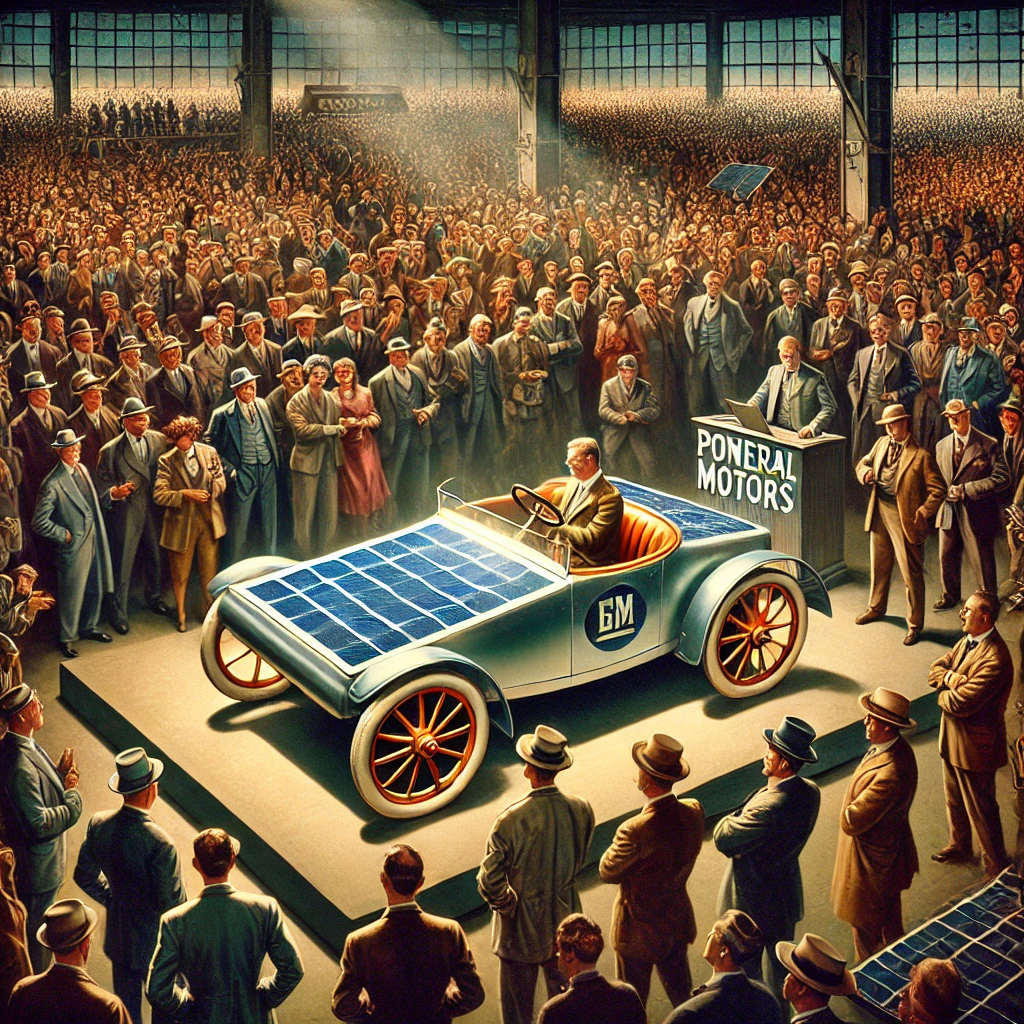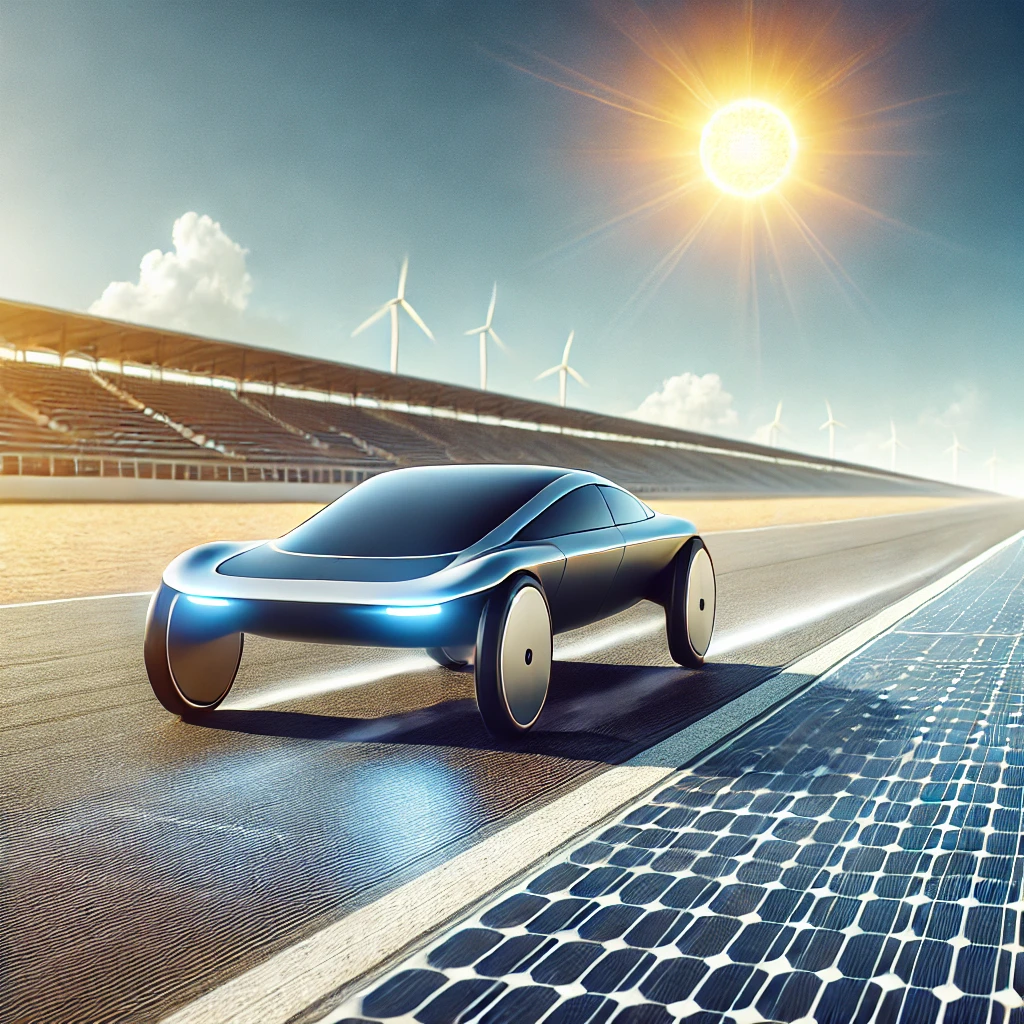On August 31, 1955, inventor William Cobb made history by demonstrating the world’s first solar-powered car. The vehicle, known as the “Solar Vehicle,” represented a significant leap forward in automotive technology and showcased the potential of solar energy as a viable alternative to fossil fuels. Cobb’s demonstration was a groundbreaking event that highlighted the future possibilities of renewable energy in transportation.
William Cobb, an engineer at the California-based automotive company General Motors, designed the Solar Vehicle to explore the practical applications of solar power. The car was equipped with a solar panel on its roof that collected sunlight and converted it into electrical energy. This energy was then used to power the vehicle’s electric motor, allowing it to move without relying on gasoline or other traditional fuel sources. Cobb’s innovative design was a testament to the potential for solar energy to revolutionize the automotive industry.

The Design and Performance of the Solar Vehicle
The Solar Vehicle demonstrated by William Cobb was a small, lightweight car designed specifically for this experimental purpose. It featured a streamlined, aerodynamic design that minimized drag and maximized efficiency. The solar panel on the vehicle’s roof was capable of generating enough power to propel the car at a modest speed, showcasing the feasibility of solar energy as a power source for transportation.
Despite its limited speed and range, the Solar Vehicle was a significant milestone in the development of solar-powered technology. Cobb’s demonstration provided valuable insights into the potential challenges and opportunities associated with solar energy in automotive applications. The vehicle’s performance highlighted both the promise and limitations of solar power at the time, paving the way for future advancements in renewable energy technology.

The Legacy and Impact of the Solar Vehicle
William Cobb’s demonstration of the Solar Vehicle in 1955 was a pioneering moment in the history of automotive technology and renewable energy. Although the Solar Vehicle was not commercially produced, its innovative design and performance inspired further research and development in the field of solar-powered transportation. The principles demonstrated by Cobb laid the groundwork for subsequent advancements in solar technology and electric vehicles.
In the decades following Cobb’s demonstration, significant progress has been made in the development of solar-powered and electric vehicles. Modern solar cars are equipped with advanced photovoltaic technology and high-efficiency batteries, enabling them to achieve greater speeds and longer ranges. The Solar Vehicle’s legacy endures as a symbol of the potential for renewable energy to transform the automotive industry and contribute to a more sustainable future.

The demonstration of the first solar-powered car on August 31, 1955, marked a pivotal moment in the history of transportation and renewable energy. William Cobb’s innovative work highlighted the possibilities of solar power and set the stage for future advancements in clean energy technology. The legacy of the Solar Vehicle continues to inspire and drive progress toward a more sustainable and environmentally friendly automotive industry.
